It’s nominated for six Oscars, just earned a BAFTA for star Daniel Kaluuya’s performance, and made history as the first film with an entirely Black team of producers to earn a Best Picture nomination from the Academy. But is the history depicted in Judas and the Black Messiah a completely reliable picture?
Directed by Shaka King and produced by Black Panther and Creed’s Ryan Coogler, the film tells the infamous story of the betrayal and subsequent murder of Black Panther Fred Hampton (Kaluuya) by the FBI. As with any biopic or historical retelling, there will be creative liberties taken by the writers and directors involved, leaving room for some misunderstanding about the truth of the characters portrayed and their intentions. Media throughout the years has placed The Black Panthers as the antithesis to the civilly disobedient approach, supporting a false narrative that per Dr. King’s choices, passivity is the proper way to approach injustice. In order to show the right way, the wrong way is often shown by depicting the Black Panther Party as a rowdy gaggle of Black folks clad in leather, toting nothing but guns and aggression.
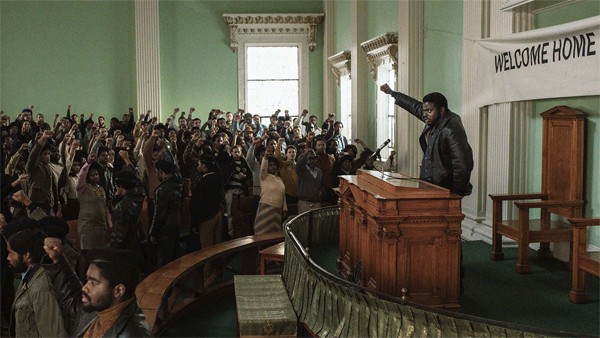 This film does a great job of pushing back against that framing of the Civil Rights Movement, showing the Black Panther Party in a different, humanizing light. The group is shown leading their breakfast programs for youth in the city, acknowledging that food and economic insecurity were unaddressed problems that could be tended to. They made an intentional effort to highlight the efforts around The Rainbow Coalition, which would have united varied ethnic and race groups to defend against the ill treatment of low-income white folks and marginalized communities of color alike.
This film does a great job of pushing back against that framing of the Civil Rights Movement, showing the Black Panther Party in a different, humanizing light. The group is shown leading their breakfast programs for youth in the city, acknowledging that food and economic insecurity were unaddressed problems that could be tended to. They made an intentional effort to highlight the efforts around The Rainbow Coalition, which would have united varied ethnic and race groups to defend against the ill treatment of low-income white folks and marginalized communities of color alike.
Less known and oft left out of the conversation is the age of those involved. Many of the Black Panthers and other activists that rattled the country for change throughout the 60’s and 70’s were college-age students and younger. Hampton, the Chairman of the Black Panther Party and a soon-to-be father, was murdered at 21. “Wild Bill” O’Neal (Stanfield), the film’s “Judas,” was 17 when he was first caught and convinced to be an informant for the FBI.
Though brilliantly shot and acted by Kaluuya and Stanfield, the danger in portraying Hampton and O’Neal as adults is how easy the small but important details can be forgotten. 29-year-old Stanfield and 32-year-old Kaluuya both sport facial hair and an assured presence, lacking the essence of the very young men they were supposed to be portraying. This is no fault of the actors, as the film doesn’t focus on the ages of Hampton and O’Neal, but it is disappointing and misleading.
On its face, the film is captivating. Those of us who know how the story ended watched on pins and needles, waiting for the ending that solidified the police state for Black people in America—especially those rooted in activism.
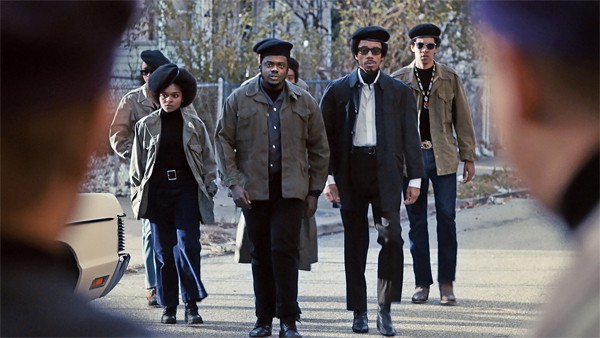
Another painful but undeniable truth is the recurrent theft of Black childhood. When thinking about the victims of police brutality, state-sanctioned violence, or unarmed police killings, Black men often come to mind. This narrative leaves out not only women and trans folks who are killed at higher rates, but the children and young adults whose lives have been cut short.
Aiyana Stanley-Jones, a sleeping 7-year-old girl, was shot while asleep during a police raid in her home. There were charges drawn against the cop for recklessly firing rounds into a family’s home, but were later dropped.
Trayvon Martin and Michael Brown were both teens when murdered, but were painted as big, manly, and thuggish by police and the subsequent media storm in an effort to excuse the fear their assailants claimed to act out of.
Philando Castille’s four-year-old daughter was in the backseat of the car during his unjust murder.
The now Exonerated Five (previously known as The Central Park Five) were all between the ages of 14 and 16 when arrested and wrongfully convicted of a violent crime, and were subject to several years of juvenile detention and prison.
While all of these cases have differing details, the thread that ties them together is the way Black youth are consistently seen as big and threatening, resulting in a lack of empathy and care that other children are afforded.
As for Judas and the Black Messiah, the assumption can be made that the filmmakers were on a search for the talent that could adequately support the weight of the script. This was a definite success, as demonstrated by the mulitiple award nominations for the cast. Through the clips at the end of the movie, we see that Stanfield picked up the mannerisms of the late O’Neal, perfecting his nervous energy. Kaluuya was also a clear study, having the late Hampton’s cadence and confidence down pat.
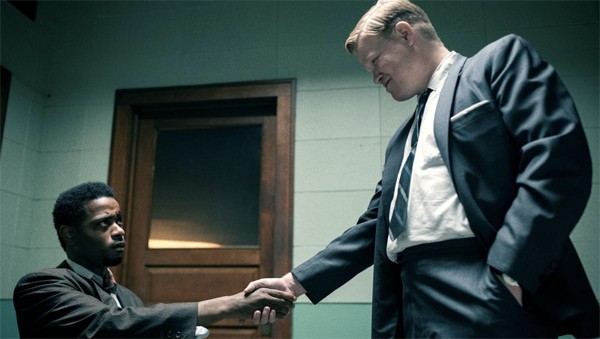 However, could the lack of showcasing the natural naivety that teenagers possess alter the narrative of this true story? If the film had leaned into the pressure tactics the FBI used on a teenager, it is possible the posturing of O’Neal being the “Judas” in the story would not have held up. Holding the FBI accountable for their racially motivated agenda to murder the activists would have cut the legs from under this positioning, ultimately changing the antagonist of the film.
However, could the lack of showcasing the natural naivety that teenagers possess alter the narrative of this true story? If the film had leaned into the pressure tactics the FBI used on a teenager, it is possible the posturing of O’Neal being the “Judas” in the story would not have held up. Holding the FBI accountable for their racially motivated agenda to murder the activists would have cut the legs from under this positioning, ultimately changing the antagonist of the film.
And, is it possible that showing these two very young adults as grown men in their late twenties and early thirties as the minds behind The Black Panther Movement aid in a lack of empathy for their brutal treatment and manipulation?
Another example that brings the weight of this conversation to the forefront is the Kalief Browder case. Browder was 16 when he was convicted and sentenced to a maximum security prison for an alleged theft of a backpack. Browder had suffered multiple instances of abuse from both other incarcerated individuals and security guards, ultimately resulting in his suicide shortly after his release. At the end of the film, we learn that O’Neal was interviewed some years after the situation, and the interview was included in the PBS series Eyes on the Prize 2, centering on the Civil Rights Movement. The day after the second season’s release where O’Neal was featured, he committed suicide. It is impossible to ignore the mental health effects that the manipulation of a 17-year-old that resulted in the murder of multiple people would have, even several years later?
Judas and The Black Messiah is a powerful film featuring moving portrayals of historical figures, and does the important work of showing the Black Panther Party is a more holistic way than the media often does. However, because of the heavy impact that media and film have in creating works like these, giving viewers the entire truth is a responsibility that should be taken seriously, and is one that can exist alongside the importance of the craft.


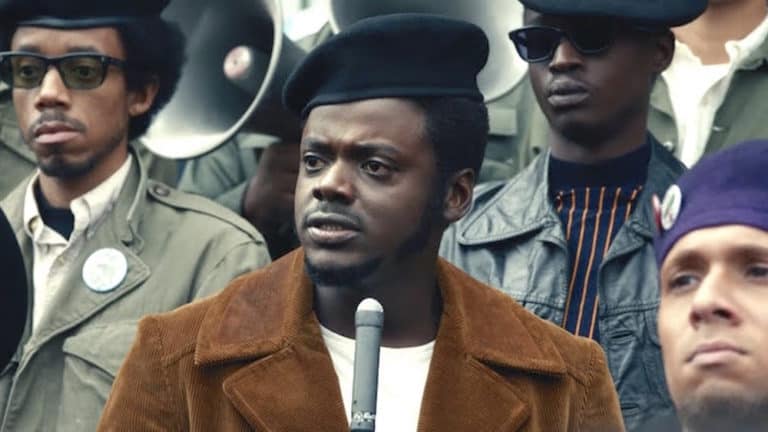
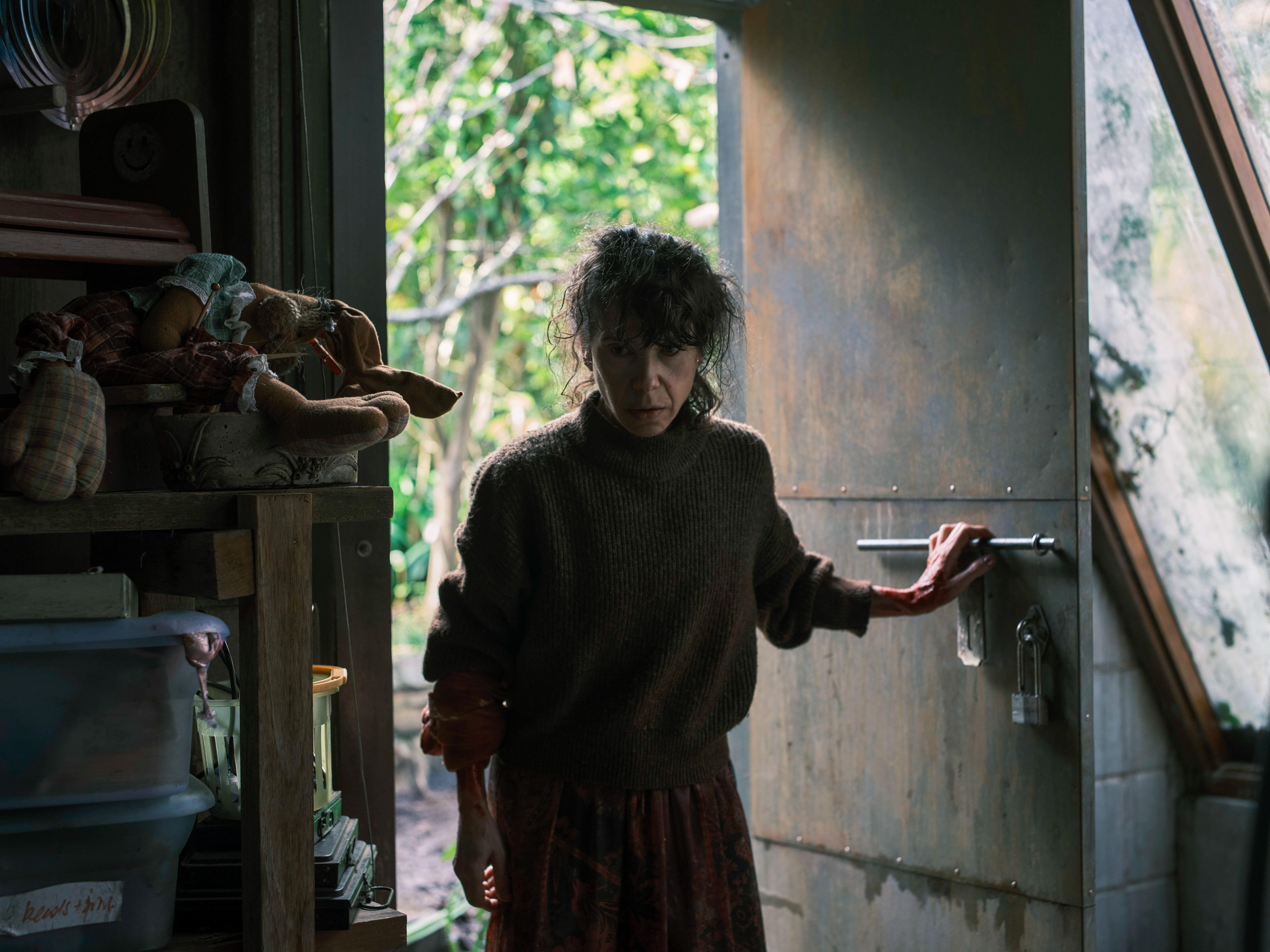
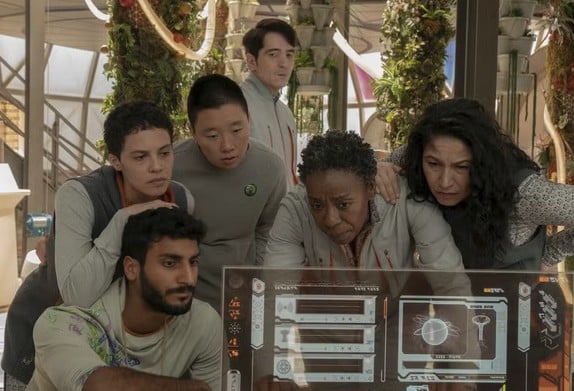
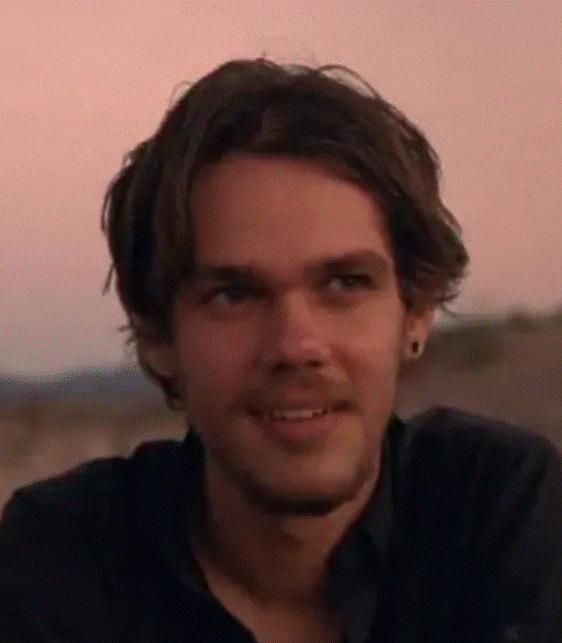
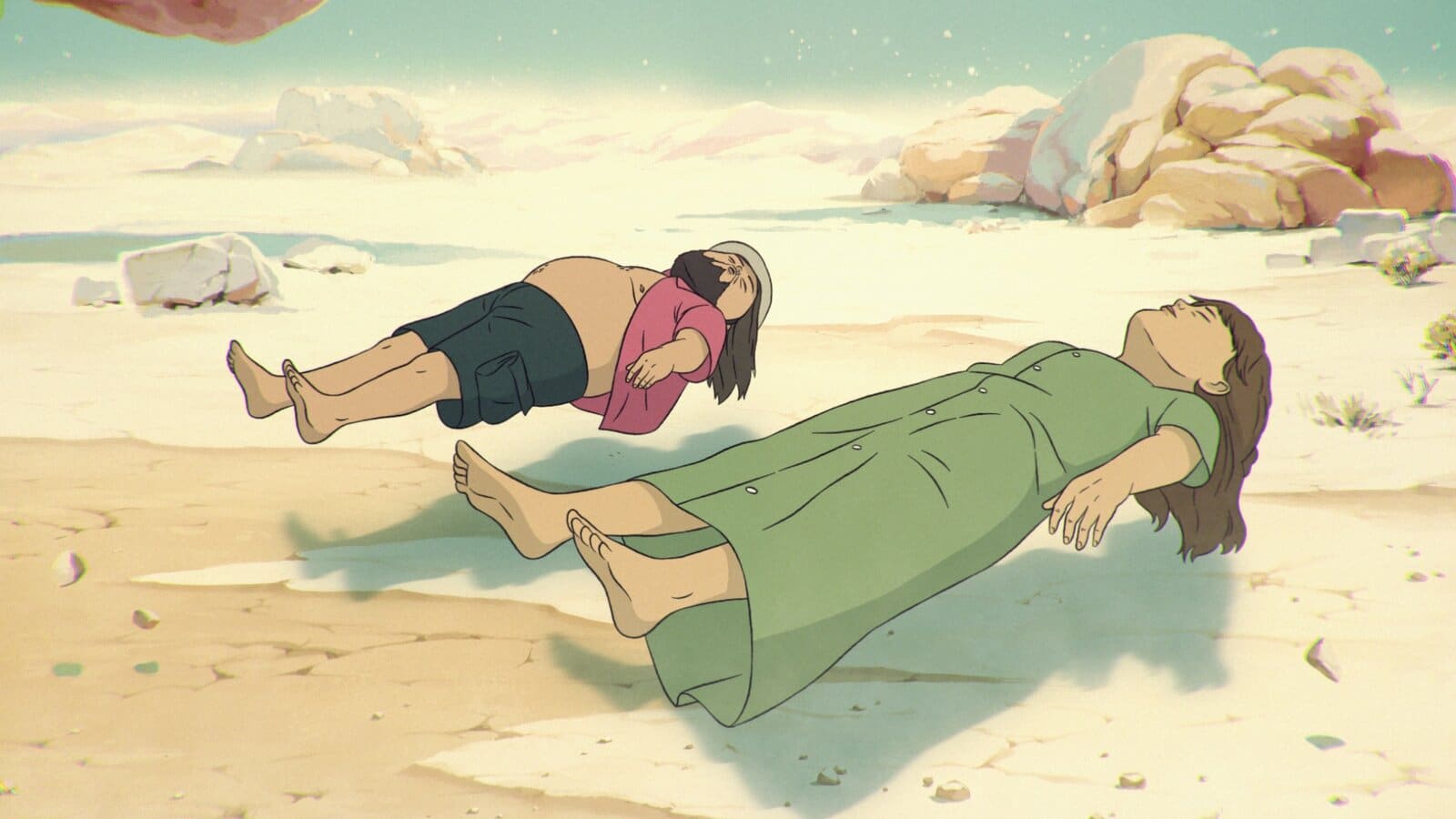
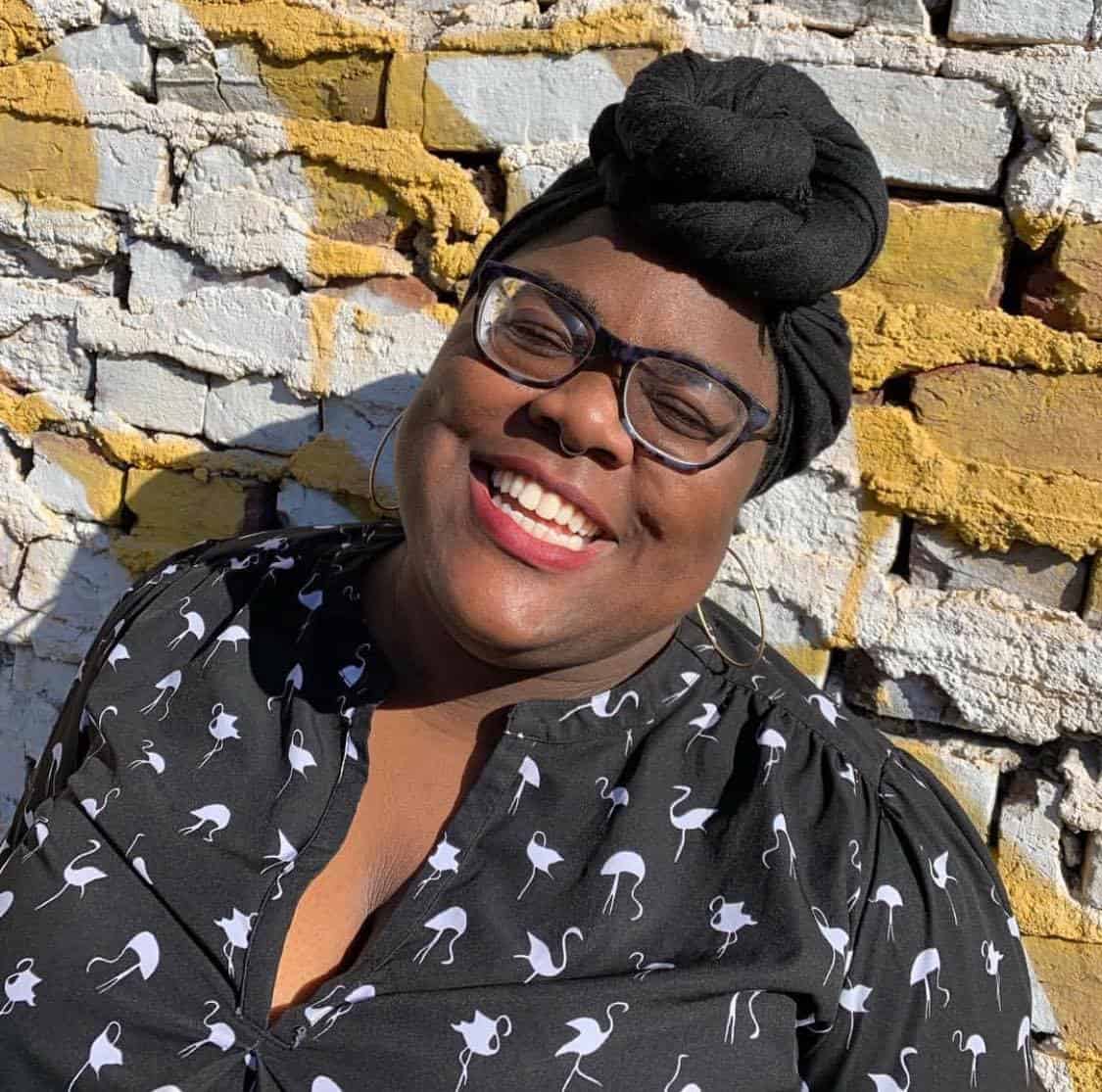

Start a watercooler conversation: